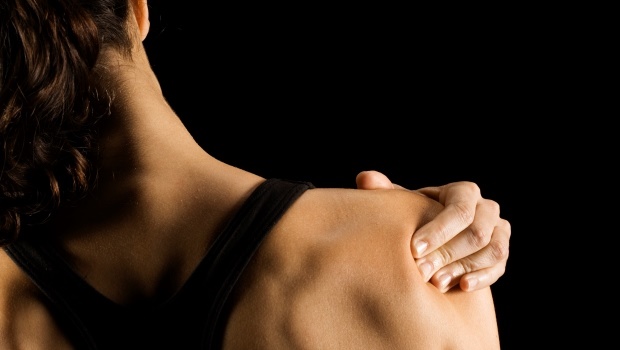
It’s the day after your visit to the gym and even though you’ve been on a workout hiatus since the start of winter, you don’t feel a bit of pain.
Just when you question whether your gym routine is actually beneficial, day two strikes and you’re struggling to walk down stairs, bend or even laugh.
Why is it that the body responds more to a workout on the second day than the first?
It’s something called delayed onset muscle soreness (DOMS), Metro.co.uk writes, and it usually kicks in from eight hours after working out.
But there’s a reason it especially strikes after two days.
“It kind of has a peak about 48 hours after a session which is why you might feel it the most two days later,” Lucy Denver, a trainer and nutrition expert, tells Metro.co.uk.
During exercise little tears are created in the muscles, which the body repairs as soon as it gets a break (AKA those crucial rest days).
Women’s Health explains that inflammation is caused in the muscles after exercising – which is what DOMS is.
What follows post-workout, is a four to five day healing process. This is how it works:
Day one: The body responds to the injured areas by releasing hormones called cytokines, which heals the inflamed muscles.
While this happens, prostaglandins – hormones that affect how cells respond to injuries – send blood to heal the injured area. But the healing process only increases from here onwards.
Day two: Getting out of bed on the second day post-workout is especially difficult because this is the day the flood of cells to the area of inflammation reaches its peak.
No pain, no gain, right?
Day three: From here on the pain should start subsiding, Jordan Metzl, an exercise physician, tells Women’s Health.
If not, and your urine has discoloured, its best to see a doctor, Metzl advises.
You could be suffering from rhabdomyolysis, which is an extreme form of DOMS.
How you can deal with DOMS
The best way to deal with aching muscles is more exercise, Michael Jonesco, a sports medicine physician at The Ohio State University Wexner Medical Center, tells FitBit.com.
But, he cautions, keep it light.
“Stretching and other flexibility training, such as light yoga, can help to maintain joint range of motion.”
He also advises placing ice on the injured area, as this will help with relieving pain and subsiding swelling. But it doesn’t cut down the duration of the pain.
Other ways of dealing with DOMS involve taking medication or getting a massage, Jonesco adds.
“Massage and nonsteroidal anti-inflammatory drugs, such as ibuprofen, can also aid in pain relief and muscle recovery.”
Sources: FitBit, Women’s Health, Metro.co.uk




 Publications
Publications
 Partners
Partners
















